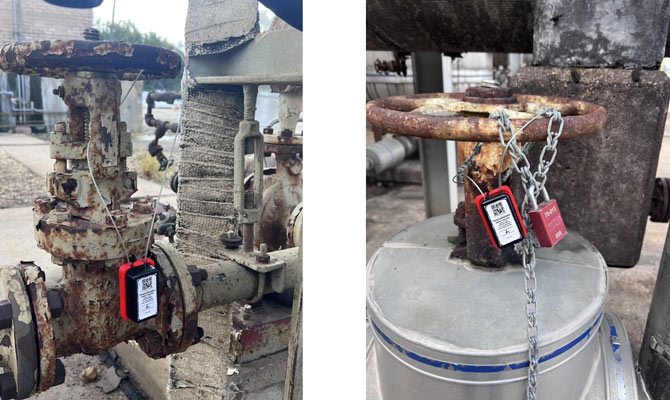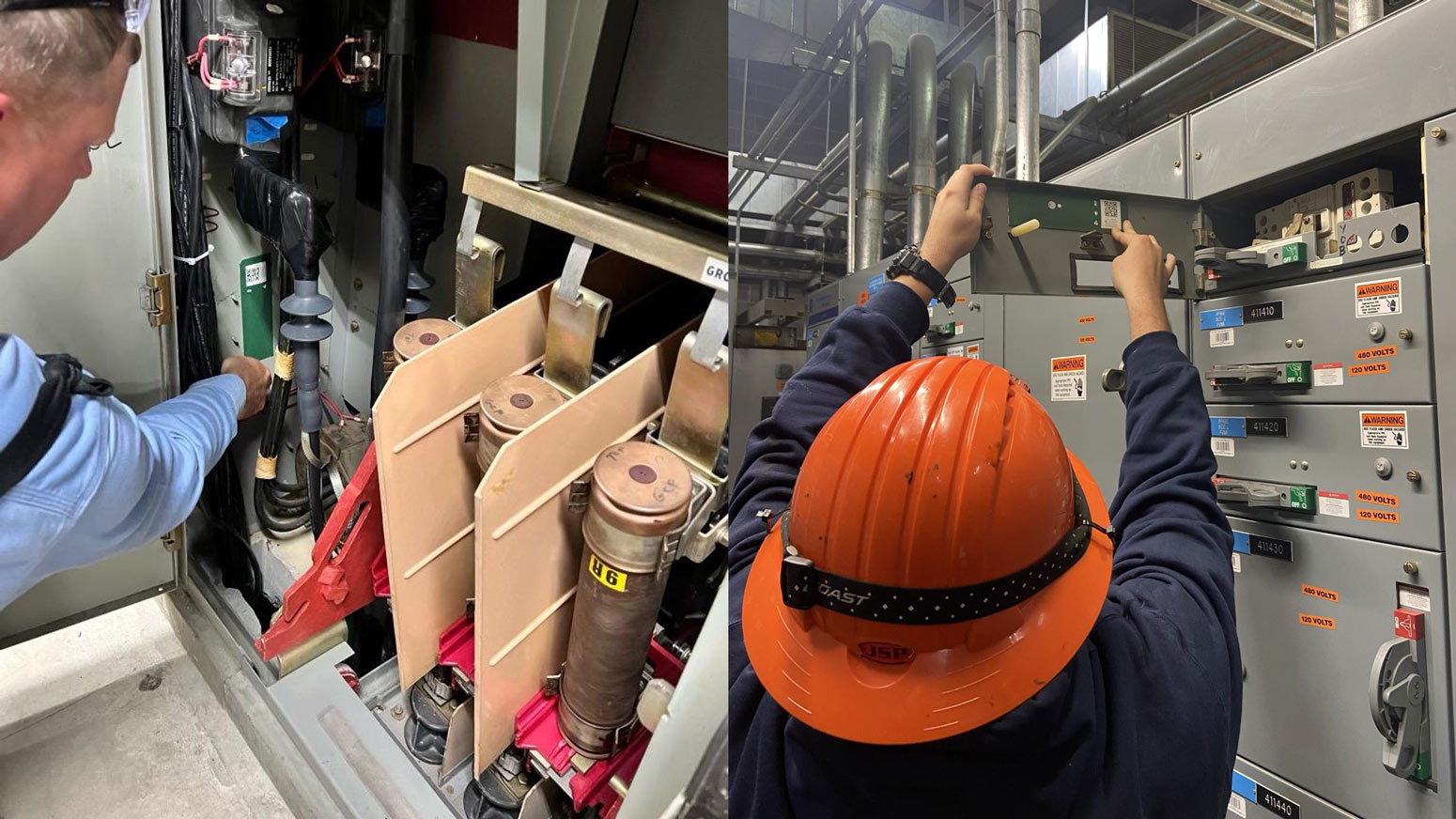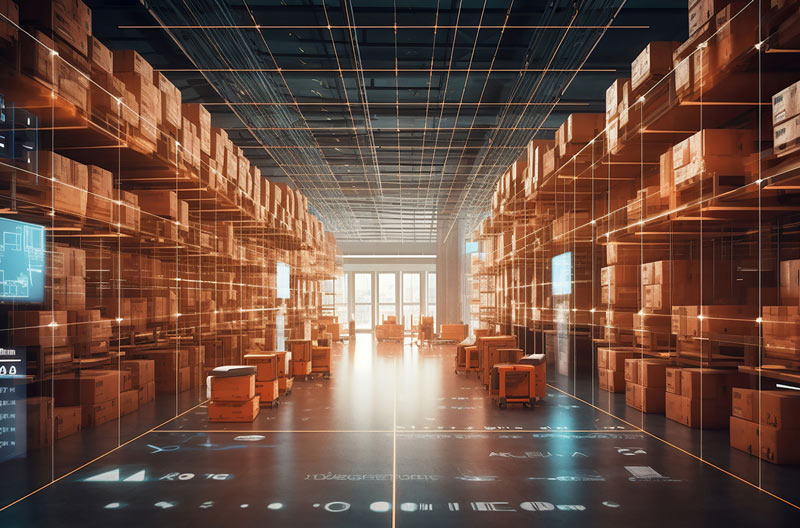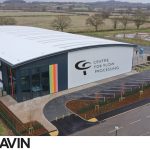Real time insights translated into immediate action.
Any asset and it’s conditions can now be made available anywhere in the world
Trackonomy Systems helps measure what matters most, as it happens, transferring the operations of the titans of industry.
The Internet of Things has become the new frontier for mankind. Supported by software like AI and machine learning, it thrives on data. If a door jams open, does security know about it? If an A/C unit goes down, does it “phone home”?
Trackonomy Systems is creating a network of interconnected objects, enabling communication at a completely new level. Its sensors make any asset able to talk, think, and interact so it can share information of all kinds, including distress factors. From visibility and observation to process control, optimization, and autonomous workflows, the Trackonomy platform fosters AI-driven collaboration in a value stream ecosystem.

Low cost networks reduce the cost of sensing.
Established in 2017 and headquartered in San Jose, California, Trackonomy Systems is currently undergoing substantial growth, boasting a team of over 400 professionals. Leveraging this expertise, Trackonomy has been instrumental in facilitating the digital transformation of companies across healthcare, aerospace, industrial, logistics and government sectors. And notably, during the pandemic Trackonomy forged a strategic partnership with UPS, ensuring a remarkable 99.9% on-time delivery schedule.With over 60 patents awarded and over 120 pending worldwide, Trackonomy played a crucial role in effective delivery of the COVID-19 vaccine, receiving the World Economic Forum Pioneer Award for its efforts.
This year at eChem Expo, Trackonomy will be thinking small, showcasing miniature yet mighty devices with an unprecedented level of integration. Imagine a device that integrates a full flash cell phone and GPS receiver and multi radio platform, and can measure pressure, humidity, shock, and countless other variables – all with a form factor of duct tape. Or sensors like eSeals (electronic “car seals”) where a worker can wind a wire around any object to measure various conditions.
“The miniaturization of the devices is important because their form factor is unique in the industry,” says Dr. Erik Volkerink, CEO and Founder of Trackonomy Systems. “Being able to rip a piece of duct tape and stick it on a box and track it around the world, or being able to go out in the field and quickly place a sensor or a particular temperature or pressure reader hasn’t been available before.”
These miniature devices take people out of dangerous situations and make it possible to measure in places that manufacturers always wanted to measure but could never reach. This makes a difference in both process quality and process safety. Chips in the devices enable them to make calculations on the edge rather than having to upload data to the cloud. This way, the device interacts directly with workers and alerts them to the hazard of the situation.
“Basically, we’re allowing inanimate objects to speak to you as you walk by and kind of say, I’m having a bad day. And it really does make a difference in process quality and process safety.” Says Volkerink. “Instead of another dashboard, it’s a smart construction cone with a light that starts flashing, showing that something needs to happen. It’s a spoken voice that tells the first-line worker that, Hey, something is wrong.”



“Smart duct tape” can be implemented to get data from important, hard to reach locations.
We want to empower the first-line worker to be the first line of defense rather than someone 6,000 miles away.
—Dr. Erik Volkerink, CEO and Founder of Trackonomy Systems

Trackonomy doesn’t upload data to the cloud. “We don’t believe first-line workers need to remember yet another dashboard URL with another username and password. We want to empower the first-line worker to be the first line of defense rather than someone 6,000 miles away.” When the inevitable unpredictable event happens, in the heat of the moment these smart devices can alert a front-line worker that there is an issue; in 95% of the cases, the worker, supervisor, or manager can then immediately fix the problem without having to alert central control.
Trackonomy is running counter to the industry standard, in which all data is brought to the cloud where complicated AI algorithms solve problems. Instead, they provide the data in real time, and immediate decisions happen right on the line.
“In two and three decades of cloud computing, everyone was brainwashed by the ivory tower into thinking cloud computing was king,” says Volkerink. “Trackonomy is fundamentally breaking the paradigm. We don’t do cloud computing: we do liquid computing. So computing flows where it needs to go to make decisions at the right latency level—it starts at the worker, and ends at mission control, and it may have to happen in the middle.”
Trackonomy initiated this pivot during COVID-19, when they were working with UPS to achieve their near-perfect on-time delivery rate. “We learned that if you try to track 7 million parcels, the old ways of doing things just don’t work,” said Volkerink. “We were forced to really rethink how we were going to achieve our goals.”
I've never spoken with anybody wearing a hardhat who said, Okay, give me another URL with a password to remember.
—Dr. Erik Volkerink, CEO and Founder of Trackonomy Systems
Trackonomy learned that putting thousands of blue dots on the map gives some visibility, but putting 7 million blue dots on the map results in a blue screen of death—ultimately providing no visibility. They discovered this wasn’t a logistics-specific issue: it was a universal challenge that arose whenever people collaborated. They identified three crucial points where challenges needed resolution across multiple verticals.
Trackonomy will share the details of these insights at a seminar titled “The AI Fabric of the Connected World,” led by Dr. Erik Volkerink, CEO and Founder of Trackonomy Systems. Dr. Volkerink will discuss the growing market for connecting the real world to software platforms that thrive. He will share insights from case studies about safety, operations, maintenance, reliability, and supply chains. Engineers, front-line workers, and plant operators will learn how AI can improve their work in chemical engineering and mechanical engineering, as well as transforming plant development.
Dr. Volkerink will lead another seminar, “Unified Platform for Real-Time Insights,” about how the Internet of Things is becoming increasingly prevalent in industrial and consumer applications. Sensors have become more powerful and can now send messages about their environment. Consequently, these sensors are capable of conveying messages about their surroundings. Now, sensors can detect each other and collaborate to support business rules. This seminar will discuss real-world projects, highlighting the value of smart objects and their ability to communicate at the lowest level.
In the past year Trackonomy has reduced costs, increased profits, and improved safety for their clients. Trackonomy is the optimal partner for huge digital transformation projects. Because they’re vertically integrated, Trackonomy can be a one-stop shop that coordinates a corporation’s IOT network, IOT devices, cellular devices, and IT, and leads the digital transformation process.
“We’re not a household name yet,” says Volkerink. “But we will be in a few years.”


